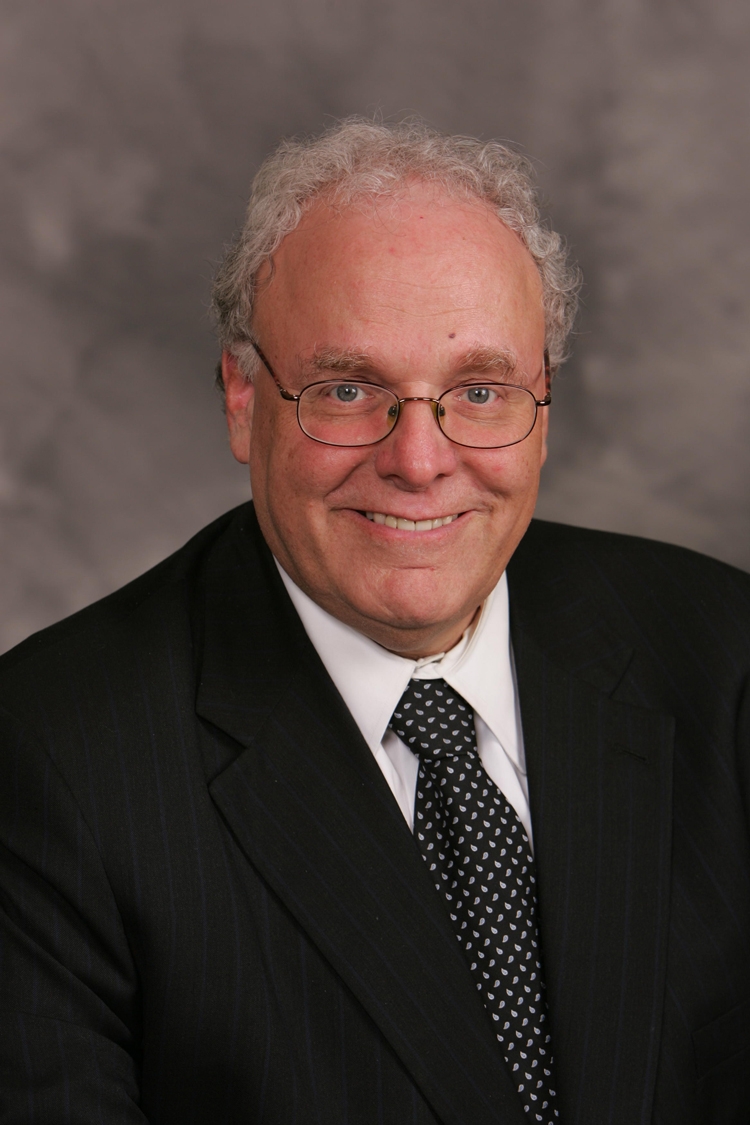Imagine 2016 - Workshop Abstract - MR Imaging at the Beginning: The Personal View
In 1981 I was appointed to head up the nascent MR Imaging Program in the Department of Radiology at the Hospital of the University of Pennsylvania. Working with the General Electric Company, we would shortly receive a 0.12 Tesla Resistive NMR System, which was the exploratory pre-prototype. This unit when installed at HUP was, in fact, the third unit housed in a hospital in the United States.
Developing a research program in this new technology was challenging. As a gastrointestinal radiologist I was influenced by Professor Hiku Shirakabi , a gastroenterologist at Juntendo University in Tokyo, who wrote about the importance of “the diagnosis of the point, the line and the area.” He believed it was necessary to have a detailed understanding of the relationship between all aspects of the image and the histopathology.
Clearly, this effort was beyond the scope of any single individual. It was important to establish the team of investigators who could bring to bear biochemical, physics, engineering, image processing skills in addition to the resources in clinical imaging and image investigation in our department. Our goal was to define and improve clinical applications of this newly emerging technology. Developing in-house technical capability was essential, as was broad collaboration with a variety of clinical services. We implemented a multidimensional approach to applications development.
The key elements of our approach were: To define the information content on the image, to determine what information that could be seen, and to identify how to modify the existing techniques by developing, better RF coils, and pulse sequences and image processing techniques to amplify and improve the information content on the image. The second step was to develop diagnostic criteria for proposed application and then to assess the impact of the new application in terms of diagnostic performance, cost benefit and outcome.
Our initial studies were performed at the GE Corporate Research and Development site in Schenectady, New York. In 1982, our pre-prototype system was installed in Boston. We chose to focus on potential application areas that were not well covered by existing technology such as CT, nuclear medicine, and ultrasound. In 1983 and 1984, as the development shifted to the Waukesha, Wisconsin GE site, we were involved in early clinical investigation on a 0.5 Tesla super conducting system. Each week a physician, a nurse and two or three patients would fly to Milwaukee for their examinations and return later that evening. This experience provided a great deal of insight into potential areas for development.
In 1984, the first 1.5 GE superconducting unit was installed at the Hospital at the University of Pennsylvania. Our early studies involved a vascular necrosis of the femoral head and the detailed study of prostate carcinoma, in addition to a variety of complications development efforts in head trauma and the evaluation of brain tumors. While working closely with our GE partners a variety of pulse sequences were developed to facilitate the clinical applications of interest. Our achievements included a number of RF coils, spectroscopy processing programs, and reports on a number of key areas of MR applications. These will be further illustrated.
![]()
EVENT PROGRAM - SEMINARS AND WORKSHOPS
![]()
> Click here to register for this event
Program subject to change

Herbert Y. Kressel, MD







